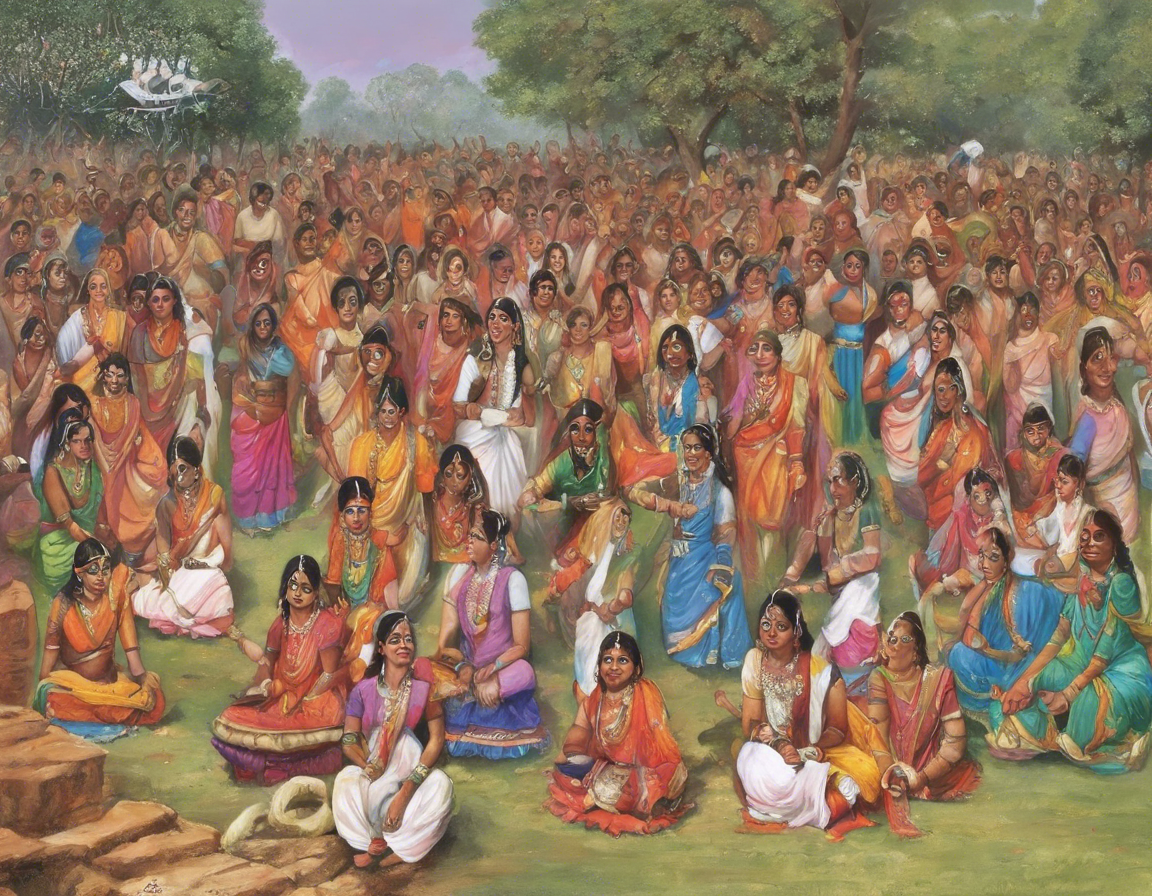Observing fasts or vratas is an integral part of the culture and tradition in many Hindu households. Pradosh Vrat, also known as Pradosham or Pradosh Kal, is one such auspicious fasting day that holds immense significance in Hinduism. It is observed to seek blessings from Lord Shiva and Goddess Parvati and is believed to be a way to wash away sins and attain peace and prosperity.
What is Pradosh Vrat?
Pradosh Vrat falls on the 13th day of each lunar fortnight as per the Hindu calendar. There are two pakshas or fortnights in a Hindu month – the Shukla Paksha (waxing phase of the moon) and the Krishna Paksha (waning phase of the moon). Hence, there are two Pradosh Vrats in a month – one during the waxing phase and the other during the waning phase.
Significance of Pradosh Vrat:
Pradosh Vrat holds immense significance in Hindu mythology. It is believed that observing this fast with dedication and devotion can fulfill one’s wishes, remove obstacles, and bestow prosperity and happiness upon the devotee. The Pradosh period, which falls during twilight (sandhya kala), is said to be highly auspicious for worshiping Lord Shiva.
The Legend of Pradosh Vrat:
According to Hindu mythology, during the churning of the ocean (Samudra Manthan), a pot of poison (halahala) emerged, threatening to destroy the universe. To save the world, Lord Shiva consumed the poison, but his throat turned blue, earning him the name Neelkanth. The Devas (celestial beings) and Asuras (demons) immediately started offering water from the Ganges to cool his throat. It is believed that this act of offering water to Lord Shiva during twilight on Pradosh Vrat can help devotees seek his blessings and forgiveness.
Pradosh Vrat Dates 2021:
Each month has two Pradosh Vrat days, one during Shukla Paksha and the other during Krishna Paksha. Here are some of the upcoming Pradosh Vrat dates for the year 2021:
- June 12, 2021 (Saturday) – Shani Pradosh
- June 28, 2021 (Monday) – Soma Pradosh
- July 12, 2021 (Monday) – Bhaum Pradosh
Rituals of Pradosh Vrat:
Preparation:
- Sankalp: Devotees need to take a vow (sankalp) to observe the fast with sincerity and devotion.
- Cleaning: Cleaning the house and the puja area is essential to welcome positive energies.
Fasting:
- Devotees observe a strict fast from sunrise to sunset on the day of Pradosh Vrat.
- Some devotees opt for a partial fast by consuming fruits and milk.
Puja Vidhi (Procedure):
- The puja is performed during the twilight period, usually an hour before sunset.
- Ganesh Puja: The puja begins with invoking Lord Ganesha for blessings.
- Shiva Linga Puja: The main deity of worship during Pradosh Vrat is Lord Shiva, and devotees offer water, milk, Bilva leaves, and other sacred items to the Shiva Linga.
- Parvati Mata Puja: Along with Lord Shiva, Goddess Parvati is also worshipped during this vrat.
Mantra Chanting:
- Devotees chant “Om Namah Shivaya” and other Shiva mantras during the puja.
Offering:
- Special offerings like bilva leaves, datura, fruits, milk, honey, curd, and sweets are made to the deity.
Arati and Prasad Distribution:
- The puja concludes with the singing of aarti and distribution of prasad among family members.
Benefits of Observing Pradosh Vrat:
- Removal of Obstacles: It is believed that observing Pradosh Vrat can remove obstacles and challenges from one’s life.
- Health and Prosperity: The vrat is said to bring good health, prosperity, and happiness to the devotee.
- Fulfillment of Desires: Devotees believe that their wishes are fulfilled by observing this vrat with dedication.
FAQs (Frequently Asked Questions)
Q1: Can anyone observe Pradosh Vrat?
A1: Yes, Pradosh Vrat can be observed by both men and women who wish to seek the blessings of Lord Shiva and Goddess Parvati.
Q2: Is it necessary to visit a Shiva temple on Pradosh Vrat?
A2: While visiting a Shiva temple during Pradosh Vrat is auspicious, those unable to do so can perform the puja at home with devotion.
Q3: Can we consume salt while observing Pradosh Vrat?
A3: It is recommended to avoid salt and grains while observing the fast. However, some people opt for a partial fast by consuming fruits and milk.
Q4: What time should the Pradosh Vrat puja be performed?
A4: The puja should be performed during the twilight period, usually an hour before sunset.
Q5: What if someone is unable to observe the fast on Pradosh Vrat?
A5: While observing the fast is ideal, those unable to do so can still perform the puja and seek the blessings of Lord Shiva and Goddess Parvati.
Conclusion:
Pradosh Vrat is a sacred fast that holds immense significance in Hindu culture. Observing this vrat with sincerity and devotion can bring peace, prosperity, and blessings into one’s life. By following the rituals and puja vidhi associated with Pradosh Vrat, devotees can seek the divine grace of Lord Shiva and Goddess Parvati. It is a way to purify one’s mind, body, and soul, and to seek spiritual upliftment.
